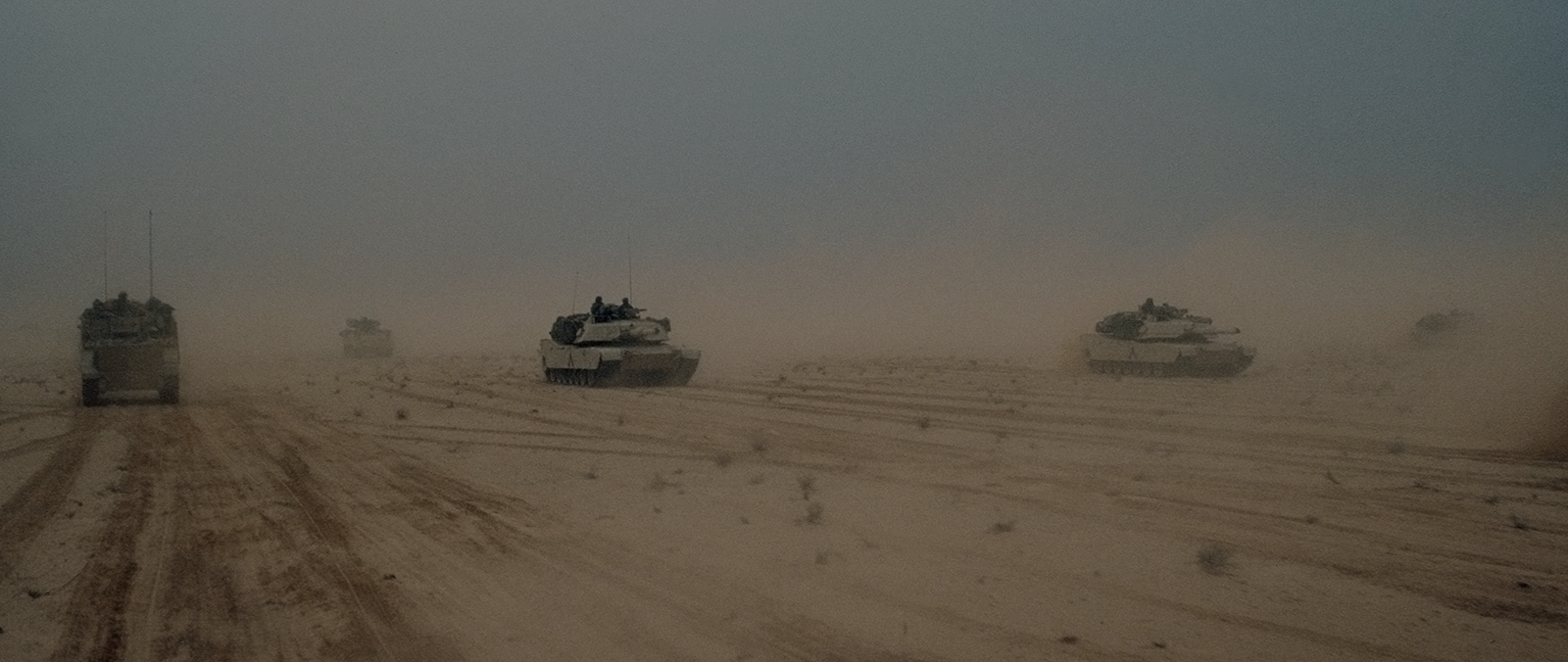
UNMANNED AERIAL VEHICLES
Why do you need Inertial Navigation Systems for Unmanned Aerial Vehicles?
Inertial Navigation Systems (INS) play a role in the operation of Unmanned Aerial Vehicles (UAVs) as they enable independent navigation in a variety of operational scenarios. Here are several reasons why UAVs rely heavily on navigation systems;
- Autonomous Operation - UAVs often need to operate in environments where direct human control is not always feasible or practical. Inertial Navigation Systems empower UAVs to navigate by utilizing real time data on their position, velocity and orientation.
- GPS denied Environments - There are instances when UAVs face obstacles like obstructed GPS signals, signal jamming or unavailability of GPS altogether (for example indoors, urban canyons or dense foliage areas). In these situations INS becomes more critical as it provides navigation capabilities without relying on external signals.
- Continuous Positioning - INS ensures that UAVs have up to date information about their position and orientation. This is crucial for maintaining navigation data during flight maneuvers, altitude changes and shifts in direction.
- Precision. Targeting - In applications like surveillance, mapping and reconnaissance missions involving UAVs precision navigation is of importance. Inertial Navigation Systems contribute significantly to achieving positioning and targeting capabilities, for UAVs to carry out their missions with precision.
- Rapid Maneuvering - Unmanned aerial vehicles (UAVs) equipped with navigation systems (INS) have the ability to perform precise maneuvers making them highly valuable, in applications like aerial photography, search and rescue operations and surveillance. This capability allows UAVs to swiftly change direction and orientation enhancing their versatility.
- Reliability in Electronic Warfare Environments - Compared to GPS based systems INS equipped UAVs are less susceptible to countermeasures. This enhanced resilience makes them a reliable choice for operations in environments where electronic warfare may be a concern.
- Mapping and Surveying - When combined with sensors, Inertial Navigation Systems significantly contribute to the accuracy of mapping and surveying capabilities for UAVs. This is particularly crucial in applications such as agriculture, environmental monitoring and infrastructure inspection.
- Reduced Dependency on Ground Control - By utilizing INS technology, UAVs can reduce their reliance on communication with ground control stations. This is especially important for beyond line of sight operations as it enables UAVs to operate over extended distances.
- Emergency Situations - Inertial Navigation Systems play a role in emergency situations where GPS signals may be compromised or lost. By relying on INS technology UAVs can continue to navigate and carry out predefined actions in such challenging scenarios.
- Extended Range Capability - The integration of navigation contributes significantly to the range capability of UAVs. With this technology onboard they can operate over distances and durations without the need for GPS updates.
To put it simply, Inertial Navigation Systems play a role in ensuring that Unmanned Aerial Vehicles (UAVs) can operate autonomously, reliably and with precision. These systems allow UAVs to navigate efficiently in environments and operational situations making them well suited for a range of applications, across different industries.
Contact Us for more information.
